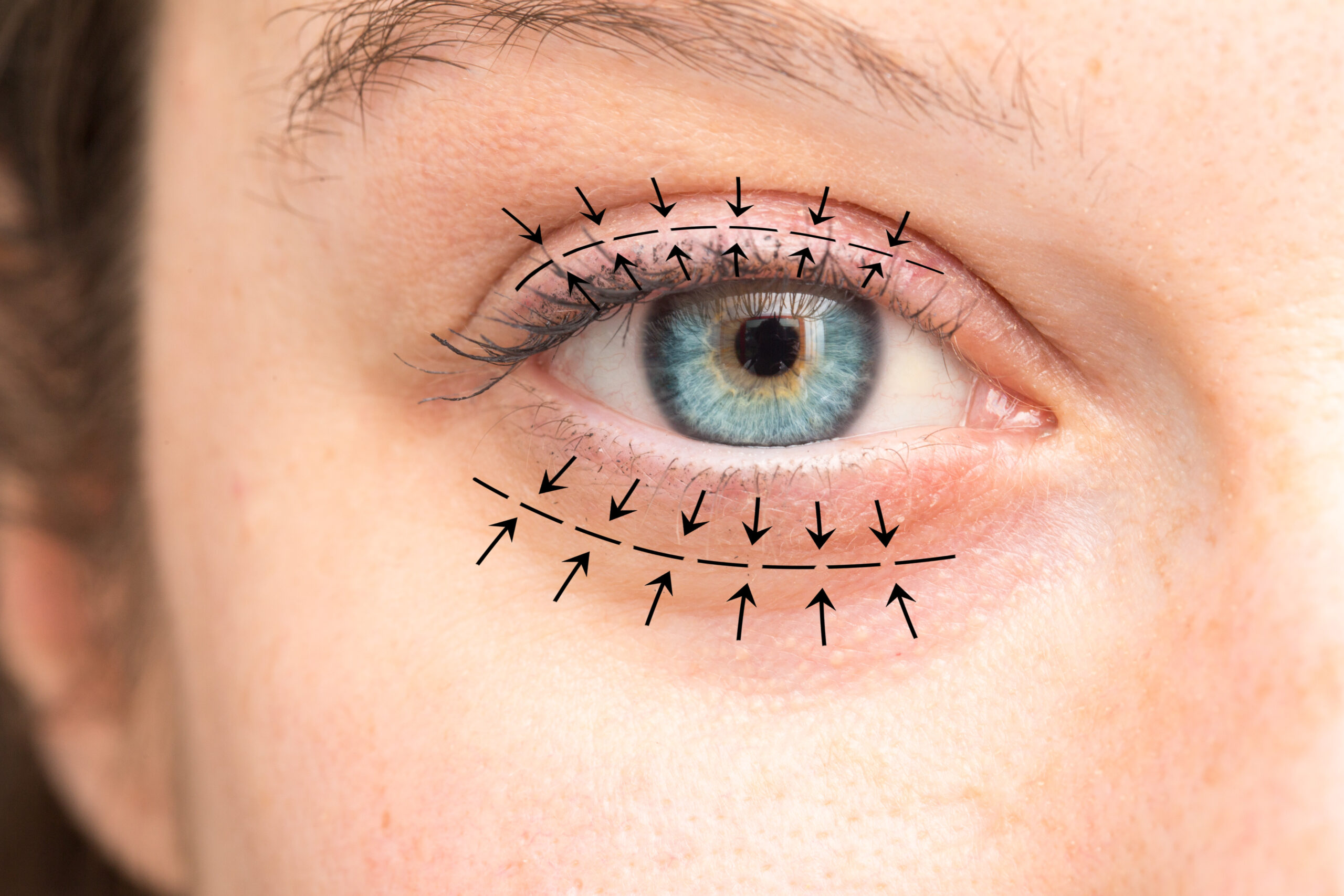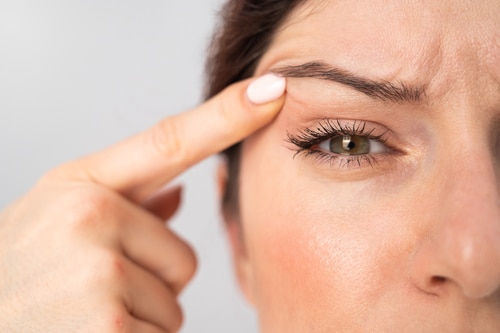What to Expect After Oculoplastic Surgery

What is the recovery process like after Oculoplastic Surgery?
Undergoing oculoplastic surgery is a significant decision that can improve both the function and appearance of the eyes and surrounding structures. Whether you’ve opted for eyelid surgery, tear duct surgery, or another oculoplastic procedure, understanding the recovery process is crucial for a successful outcome. At SightMD, we prioritize patient education and support, which is why we’re here to guide you through what to expect during your recovery journey.
The Initial Days after Oculoplastic Surgery
Immediately following oculoplastic surgery, it’s normal to experience some discomfort, swelling, and bruising around the eyes. Your surgeon will provide detailed post-operative instructions, including how to manage pain, reduce swelling, and care for the surgical site. Applying cold compresses and keeping your head elevated can help minimize swelling and promote healing during the initial days after surgery.
Managing Discomfort after Oculoplastic Surgery
Pain and discomfort are common after oculoplastic surgery, but your surgeon will prescribe appropriate pain medications to help manage any discomfort. It’s essential to follow your prescribed medication regimen and avoid taking any additional medications without consulting your surgeon first. Over-the-counter pain relievers such as acetaminophen may also be recommended for mild discomfort.
Swelling and Bruising after Oculoplastic Surgery
Swelling and bruising are natural parts of the healing process and typically peak within the first few days after surgery. To reduce swelling, it’s important to apply cold compresses regularly and avoid activities that may increase blood flow to the surgical area, such as strenuous exercise. Additionally, sleeping with your head elevated can help minimize swelling overnight.
Stitches and Dressings after Oculoplastic Surgery
Depending on the type of oculoplastic surgery you undergo, your surgeon may use dissolvable stitches or traditional stitches that require removal. Your surgeon will provide instructions on when to return for suture removal, typically within one to two weeks after surgery. In the meantime, it’s essential to avoid rubbing or scratching the surgical area to prevent disruption of the healing process. Your surgeon may also apply dressings or ointments to protect the surgical site and promote optimal healing.
Returning to Normal Activities after Oculoplastic Surgery
While recovery times vary depending on the specific procedure performed, most patients can expect to resume normal activities within a few days to a week after oculoplastic surgery. However, it’s crucial to avoid strenuous activities, heavy lifting, and contact sports until cleared by your surgeon. Additionally, it’s important to protect your eyes from sunlight and wear sunglasses when outdoors to prevent irritation and protect the delicate skin around the eyes.
Follow-Up Care after Oculoplastic Surgery
Regular follow-up appointments with your surgeon are an essential part of the recovery process. During these visits, your surgeon will assess your progress, monitor healing, and address any concerns or questions you may have. Be sure to attend all scheduled appointments and communicate openly with your surgeon about your recovery experience.
Oculoplastic Surgery at SightMD
Recovering from oculoplastic surgery requires patience, diligence, and proper care. By following your surgeon’s post-operative instructions and staying informed about what to expect during the recovery process, you can optimize your results and enjoy the benefits of a refreshed and rejuvenated appearance. At SightMD, our team is committed to providing comprehensive care and support throughout every step of your oculoplastic surgery journey. Contact us today to have any of your questions about oculoplastic surgery answered and to see if it is the right option for you.


